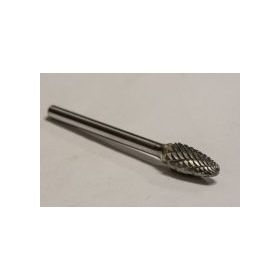Kinds of Dental Burs and When to Utilize Them
There are plenty of numerous types of dental burs in the marketplace, and every one offers specific advantages. Some function better in certain capacities, but making the proper choices required for the cost-effective success of your practice.

We’ve examined forms of dental burs, and provided information to help you make the right choices when deciding on one for the dental or orthodontic practice.
1. Diamond burs
Benefits of using diamond dental burs:
Diamond burs enable faster and smoother cutting, and they are needed each time a cut requires extreme precision. Diamond burs with a finer grit can produce a higher polish, and are therefore correct for precise work instead of removing large components of material.
When choosing a diamond ring dental bur, do not forget that natural diamonds lasts more than their man-made counterparts.
Use diamond burs for: Cutting through porcelain, polishing.
2. Carbide burs
Benefits of using carbide dental burs:
Carbide burs leave a smoother surface than diamond burs. Carbide burs likewise have less vibration and “chatter” than other kinds. Since these burs manage to withstand high temperatures, they maintain their edge a lot longer than other burs.
These burs doubles over a wide range of materials, such as gold, silver and acrylics. Additionally, they last for many years without chipping or breaking.
Use carbides for: Preparing cavities for fillings, shaping bone, removing old fillings.
Do you know the Main Differences Between Carbide Burs and Diamond Burs?
Both carbide and diamond burs are instrumental elements of your dentist, and necessary tools you will want to achieve success. While they have their strengths, it’s vital that you realize their differences in order to easily select which could be correct.
All these burs operates differently. With diamond burs, you grind on the tooth, which leaves an approximate surface. As a result, you will need to polish it later. Carbides, however, are fantastic for slicing away really small components of your tooth. It is because carbide burs have small blades.
For more information about carbide burs dental lab use have a look at this website